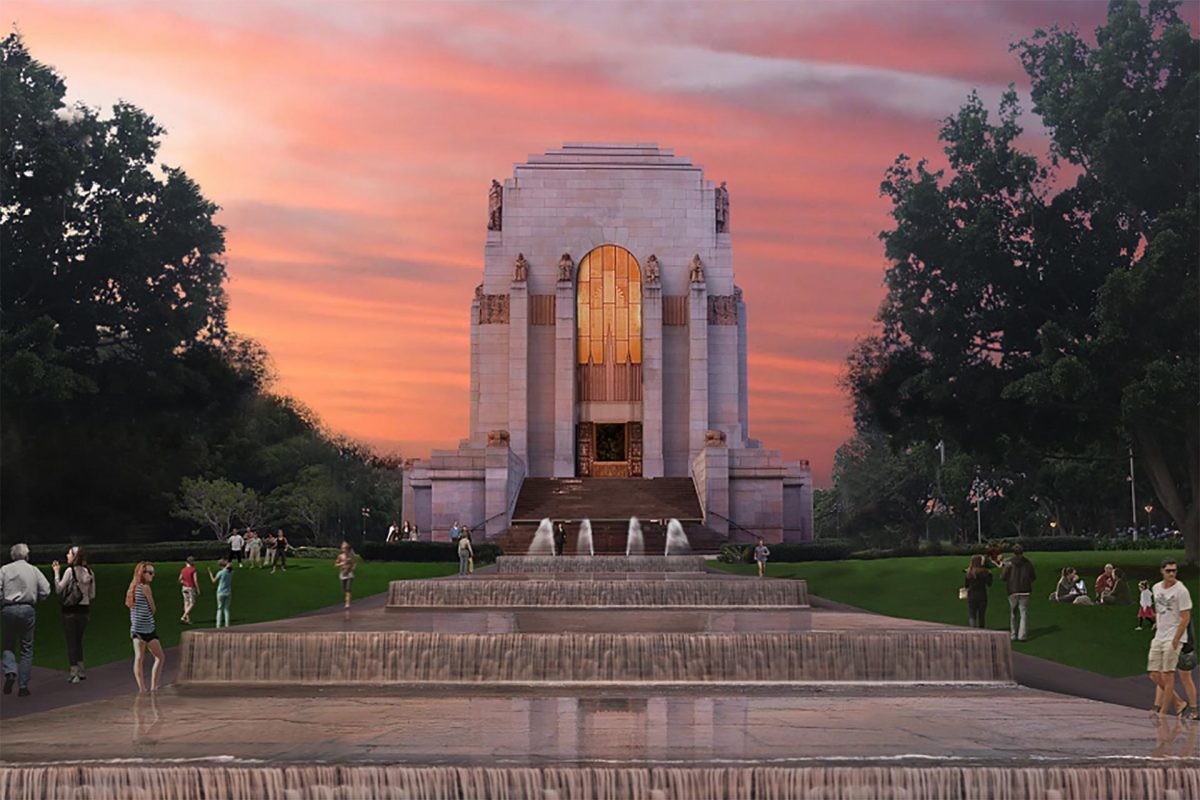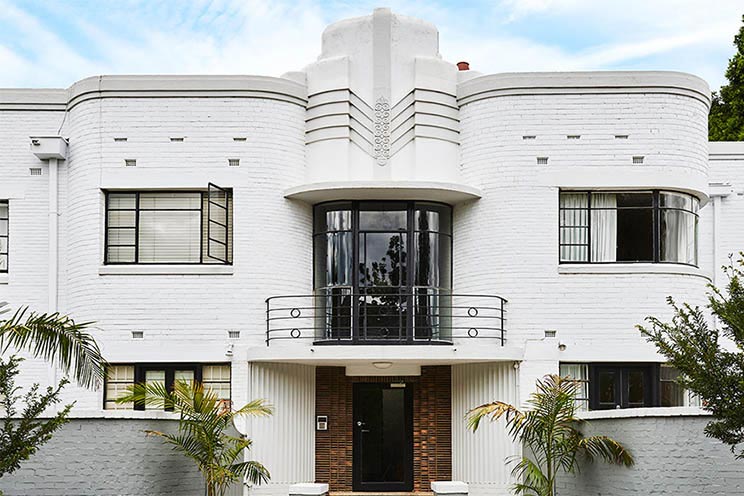
- sagadmin
- July 15 2021
Sometimes called as a “total work of art” – the Art Deco architecture in Australia is one of the most recognizable architectural styles. The Art Deco style had a great impact on the Australian building scene during the period from 1918 up to the early ‘40s. Together with Georgian Revival and Spanish Mission styles, it inspired and influenced Australian architecture at the time. Clean and bold with geometric lines, the style moved away from organic shapes and silhouettes and was heavily inspired by contemporary archaeological discoveries in Egypt and Greece.
Standalone buildings constructed in the second and third decade of the 20th century were not very common and are therefore heritage listed. During this era, individual homes usually came with an extensive plot of land. On the other side, multi-family apartment buildings and block were designed more commonly than the previous dwelling typology.
In any case, some of the best examples of Australian Art Deco architecture can still be found around cities of Sydney, Melbourne and Adelaide. We take you through the ins and outs of this architectural style throughout the remainder of our article below.
 KEY FEATURES OF THE ART DECO STYLE
KEY FEATURES OF THE ART DECO STYLE
Symmetry and simplicity were the two main essences of the Art Deco style. Simple geometric shapes were combined with grandiose and expensive natural and artificial materials and fibres.
Some of the most recognizable elements of the Art Deco style are brickwork, lavishly elaborated details on the chimney, cast iron elements and intricate balcony design. During the later phase of Art Deco architecture in Australia, nautical elements and curved forms became widely adopted. After the Great Depression in the USA, shapes were simplified and elements became less intricate. Architects favoured aerodynamic forms and designed them frequently.
Facades were mainly made of red brick. Roughcast and weatherboard finishes were also widely spread in the exterior surfaces. Front fences were made of brick while gates were mainly made of wrought-iron. The popularity of verandas decreased over time and they were substituted with enclosed balconies. Chimneys and roofs often had intricate designs, which included spires, towers, geometric forms and shapes.
Throughout the interior, details such as stained glass, ceiling moulds and elaborated cornices are typical for the Art Deco style. Wooden wall panels and glass bricks are typical elements of the style. Brass and other shiny metals were widely adopted throughout the interior, together with ebony, ivory and precious stones.
EMBLEMATIC EXAMPLES OF ART DECO ARCHITECTURE IN AUSTRALIAThe ANZAC War Memorial in Hyde Park, Sydney is probably the most recognizable landmark which was designed in the Art Deco spirit. Non the less, there is a great number of residential buildings all across Australia.
Sydney suburb Potts Point is an area where some of the first apartment blocks were made back in the early 1920s. This eastern suburb also has the greatest concentration of preserved Art Deco style buildings in the whole of Australia. The Macleay Regis is a prime example of Australian residential architecture made under the influence of Art Deco principles.
The Minerva Theatre in Potts Point (Sydney) and Hayden Orpheum Picture Palace in Cremorne are a few example of public venues made in the so called “streamline modern” Art Deco style, which was typical for the 1930s. The Grace Building and AWA Tower in Sydney are two more representatives of the style. The Manchester Unity Building and the former Russell Street Police Headquarters are great examples of Art Deco architecture in Melbourne.
MARKET VALUE OF ART DECO BUILDINGS AUSTRALIAFrom an investment point of view, Art Deco buildings are quite interesting, as there are not many of them. They are scattered around Sydney’s harbour and the Lower North Shore. In Melbourne, we can find them in the inner-city suburbs. All of these areas are close to densely populated districts and are well connected to other parts of cities.
Purchasing such a property can have its pros and cons. Great location and good access to transportation hubs and commercial venues are definitely a great advantage of these buildings and apartment blocks. Of course, if you are an architectural fan, the style itself together with its construction details and elements are a certain pro.
On the other hand, if you are not a fan of creaky floors, narrow corridors, and noise that can sometimes penetrate your inner space than maybe you will find that investing in an Art Deco property is not a good idea. Sometimes, these properties are in a need of a refreshment, renovation, and usually come with dated electrical and tubing installations. These properties do come as heritage listed, which can make the process of refurbishment a bit more tedious than when investing in a new build.
RENOVATION TIPS AND CONTEMPORARY ART DECOIf you decide to purchase an Art Deco property, continue reading as we have gathered some useful tips on how to properly and successfully renovate your real estate.
Given that most of these buildings, especially stand-alone ones, have some sort of heritage protection; when it comes to renovation, we can only talk about refurbishment.
Refurbishment may consist of bathroom and kitchen improvements. Replacement of old windows to improve acoustics and insolation performances. If you are looking to introduce the Art Deco aesthetics to your home, pay attention to the clean lines and geometrical shapes. To keep your interior contemporary and modern. Also, opt for a soft colour palette. These hues will make your space appear fresh and up-to-date. Glass, stones – both natural or artificial, brass, copper and other metallic finishes are a great way to incorporate elements of the style in your home.

